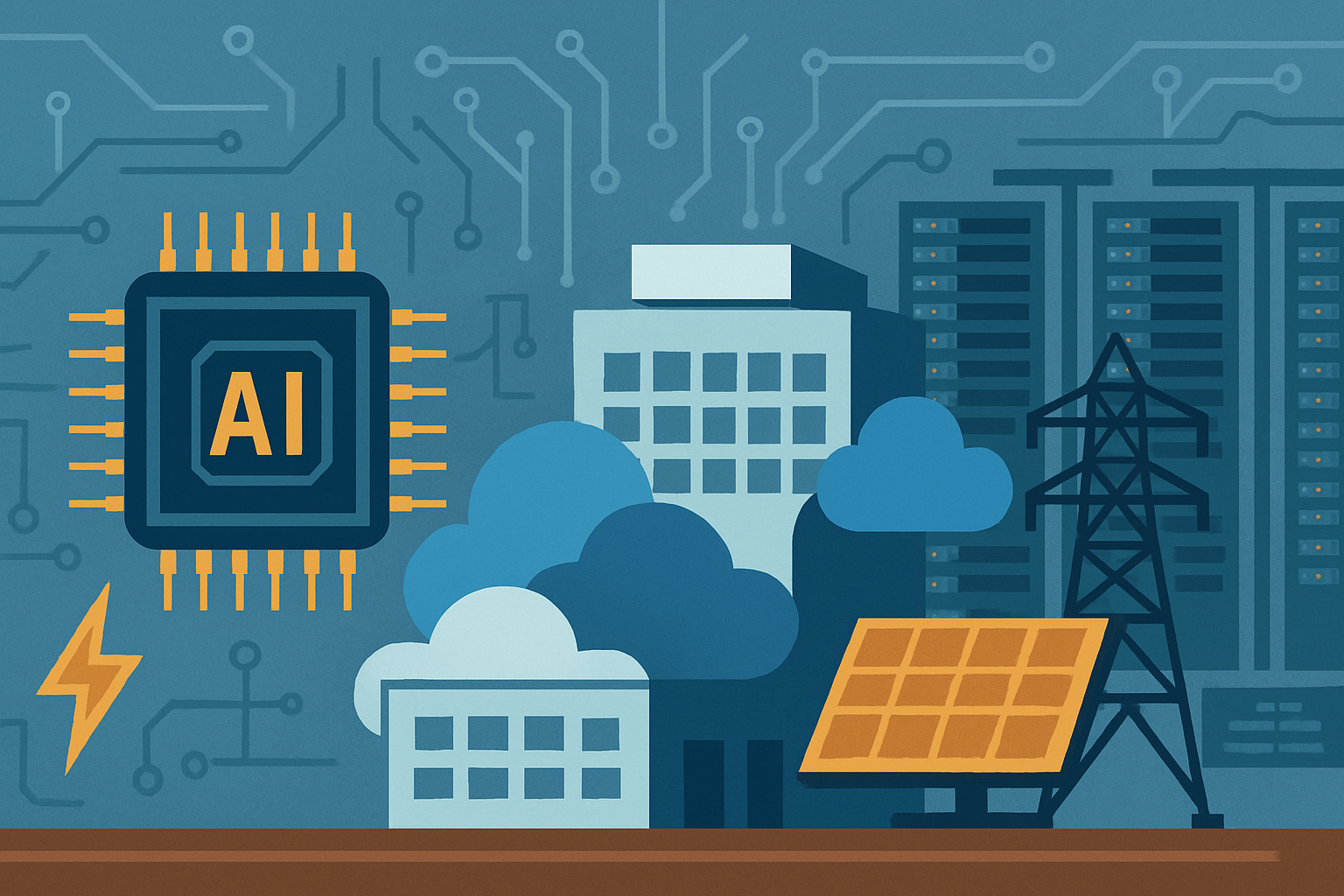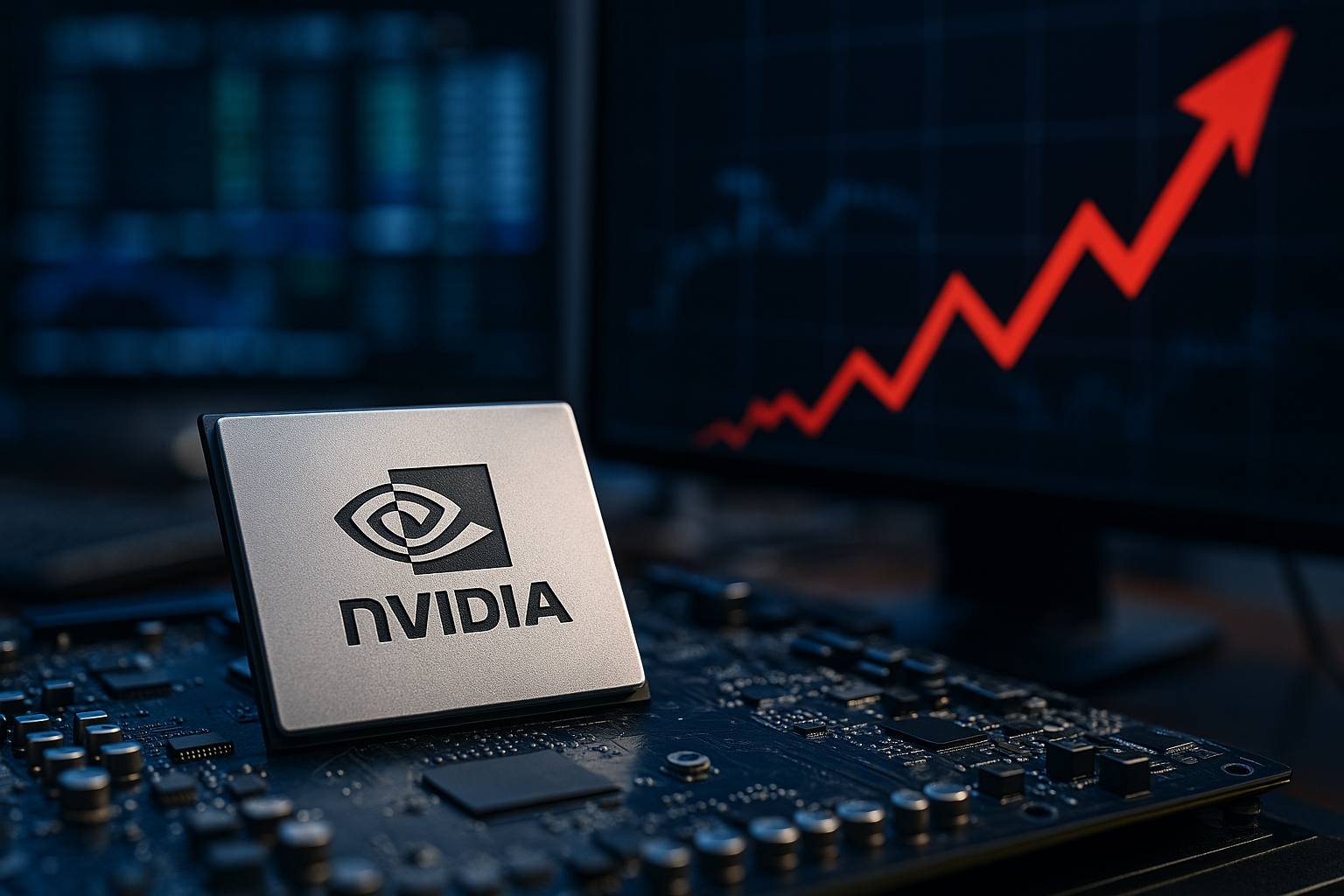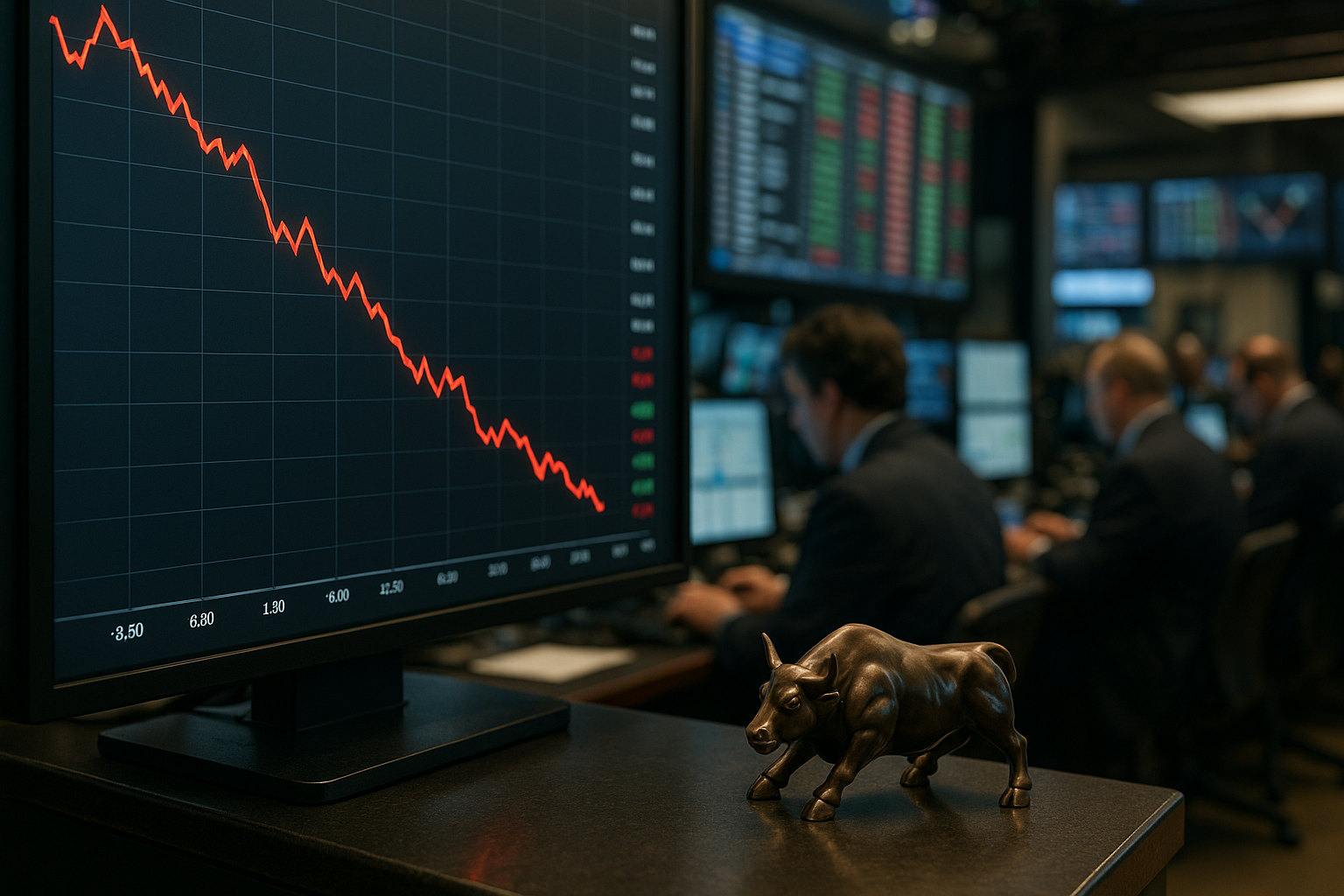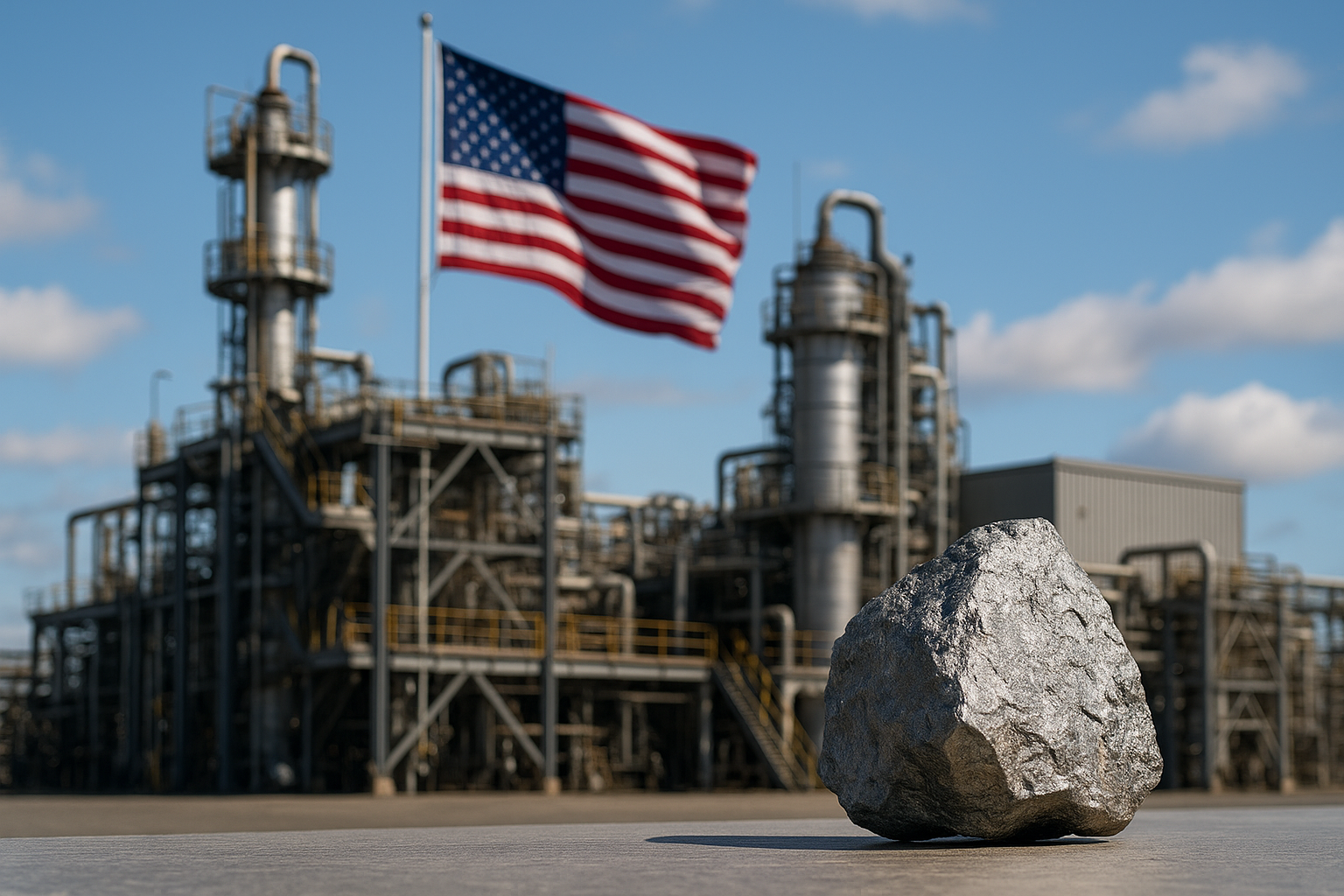As artificial intelligence becomes the defining growth engine of the next decade, Brookfield Asset Management is positioning itself at the heart of the movement — not through algorithms, but through the infrastructure that powers them.
In its Q2 earnings report, Brookfield revealed a 16% rise in fee-related earnings to $676 million, underpinned by a surge in institutional interest in AI-related real assets. Most notably, the firm has launched a dedicated AI infrastructure fund, targeting data centers, semiconductor storage, and AI-native digital infrastructure. According to the Financial Times, this initiative could scale into one of the largest private infrastructure deployments supporting the global AI boom.
Wall Street’s New Gold Rush: Infrastructure for Intelligence
The AI revolution isn’t just about chips and chatbots — it’s about electricity, space, cooling, and bandwidth. Training large language models (LLMs) like OpenAI’s GPT or Anthropic’s Claude requires immense compute power, and the physical architecture to house those machines is now in short supply.
That’s exactly where Brookfield sees the opportunity.
Its new AI-focused infrastructure strategy involves investing in hyperscale data centers across North America and Europe, supporting cloud providers and AI developers who are racing to expand capacity. Brookfield’s energy arm, known for its renewable portfolio, adds a sustainability edge — potentially offering carbon-efficient AI compute hubs powered by hydro and solar.
Industry data backs the trend: According to McKinsey, global AI data center demand is projected to rise by 3x by 2027, requiring over $1 trillion in capital investment. Brookfield’s early entry could give it an outsized role in shaping the future of AI capacity — and returns.
Why This Matters for Investors
This isn’t just about Brookfield. The broader investment thesis points to a surge in secondary and adjacent opportunities:
- Data Center REITs like Equinix (EQIX) and Digital Realty (DLR) are already up 15–20% YTD as AI-driven demand boosts leasing rates.
- Chip-adjacent real estate — such as power-optimized industrial properties near grid-rich zones — is becoming an attractive asset class.
- Clean energy assets are gaining strategic value, as AI operators prioritize sustainability in site selection and ESG compliance.
Brookfield’s fund also serves as a signal: the big money is moving. Pension funds, sovereign wealth vehicles, and insurance companies are increasingly looking to deploy capital in tangible AI infrastructure, not just speculative software plays.
Cohere’s North Platform: Canada’s Enterprise AI Push
While Brookfield builds the foundation, Canadian AI unicorn Cohere is working on the next layer: enterprise deployment.
This week, BetaKit reports that Cohere has officially launched its North enterprise AI platform across Canada. Designed for large-scale organizations, the platform allows companies to integrate agentic AI workflows while keeping data private and secure. Cohere’s focus on data residency and performance optimization addresses key friction points faced by Canadian banks, governments, and telcos.
The partnership potential between Cohere’s platform and Brookfield-style infrastructure is notable: AI software must run somewhere — and that “somewhere” is what Brookfield is building.
Future Trends to Watch
- Cross-border AI infrastructure flows: Expect Brookfield and peers to expand investment in emerging data center markets like Texas, Alberta, and Québec, where energy and land costs are favorable.
- Private equity entrance: Blackstone, KKR, and others are expected to follow with competing AI infra funds, intensifying M&A and construction activity.
- Tech-real estate convergence: With AI firms leasing multi-megawatt capacity, new players may emerge at the intersection of tech, real assets, and energy.
- AI + ESG fusion: As regulatory scrutiny increases, green-powered AI infrastructure may become a requirement — not an option.
Key Investment Insight
Brookfield’s move signals that AI infrastructure is no longer a niche — it’s becoming mainstream, institutional, and high-return. Investors should watch:
- REITs with hyperscale exposure
- Utilities and power grid enablers
- Private firms acquiring AI land or power rights
For those seeking exposure beyond software, this shift offers a diversified way to tap into the AI megatrend with lower volatility and hard asset backing.
Stay informed with MoneyNews.Today, your source for smart market insights, sector trends, and real-time investment opportunities in a rapidly transforming economy.





